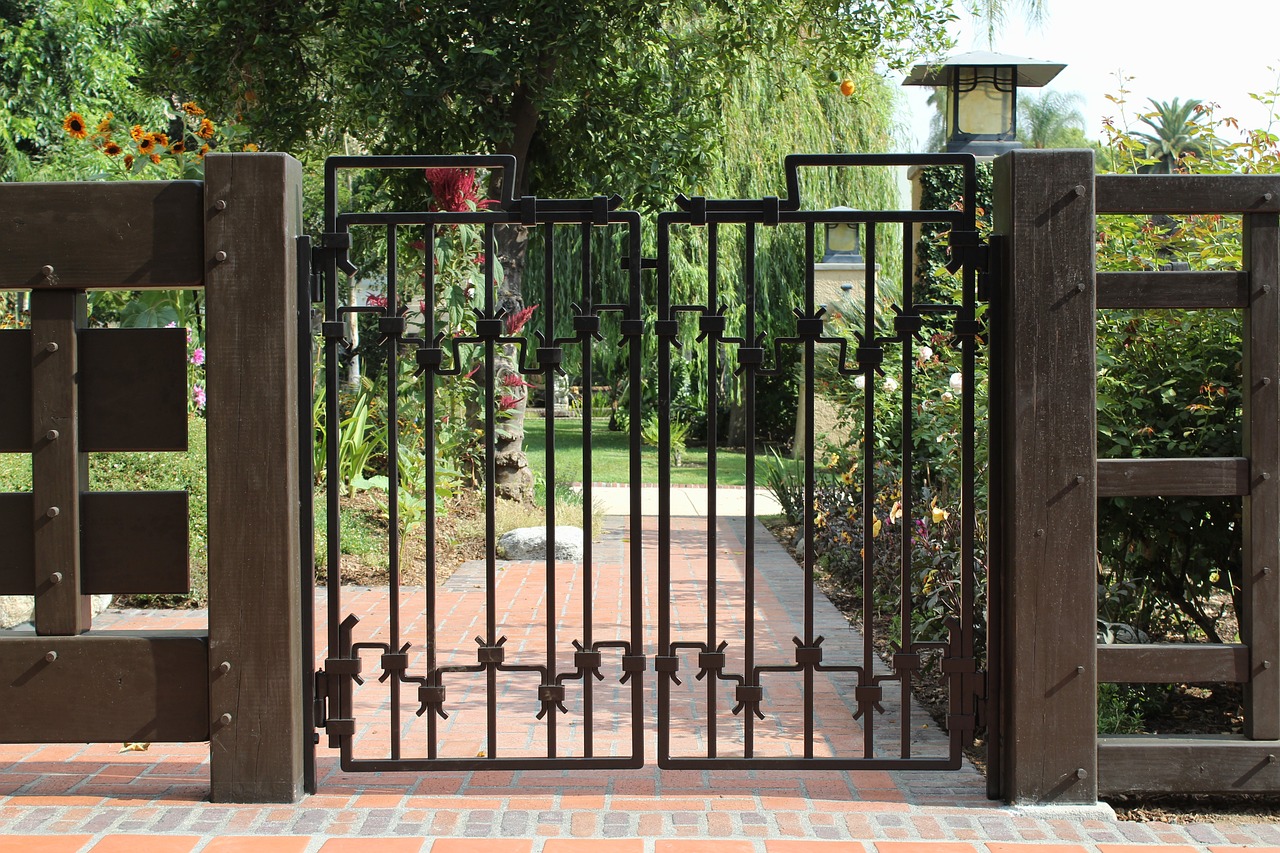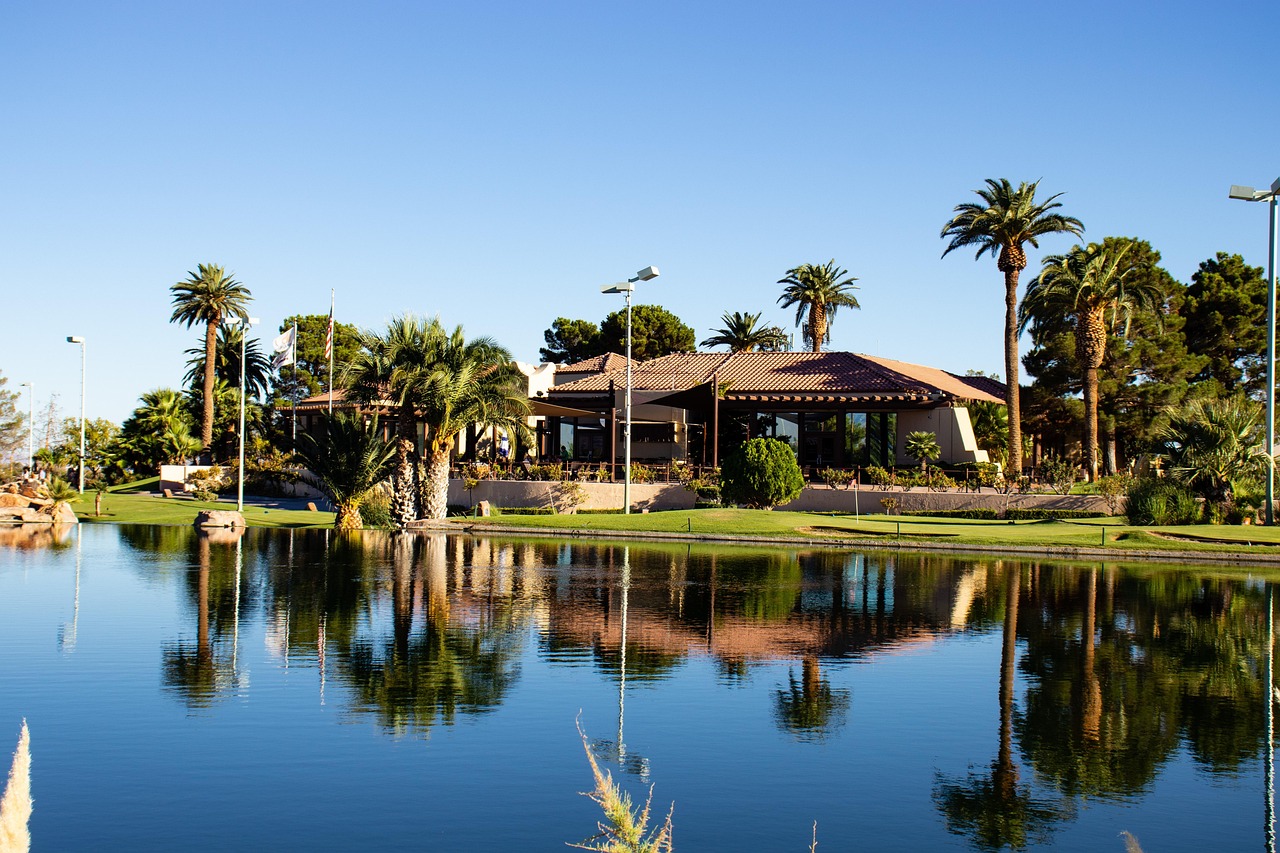Farms and rural properties require proper boundaries to secure livestock and crops. To achieve this, property owners install rural fencing to keep away pests and other animals that may pose a threat to their livestock and crops.
Rural fencing also serves as a visual boundary marker that clearly defines the extent of the property, ensuring that neighbors do not encroach on each other’s land. It can also increase property value by offering protection and an aesthetic appeal to the property.
There are several types of rural fencing to choose from, each with its own unique advantages and disadvantages. The most popular types include barbed wire, electric, and wood.
Barbed wire fencing is widely used because it is cost-effective and requires low maintenance. However, it can be dangerous to both wildlife and humans if not installed properly. Electric fencing, on the other hand, provides adequate security and is ideal for large properties.
Wooden fences offer privacy and aesthetic appeal while also providing a visual barrier. It is easy to install and maintain, but it may not be the most secure option as it can rot over time.
Before installing any rural fencing, it is important to consult with a fencing professional who can advise on the most suitable option for the property. Factors like terrain, weather conditions, and the type of livestock one keeps should be considered when choosing a fence.
Rural fencing is essential for any farm or rural property. It provides security, adds value to the property, and keeps livestock and crops safe from external threats. Choose wisely and always seek qualified advice before making any decisions.






